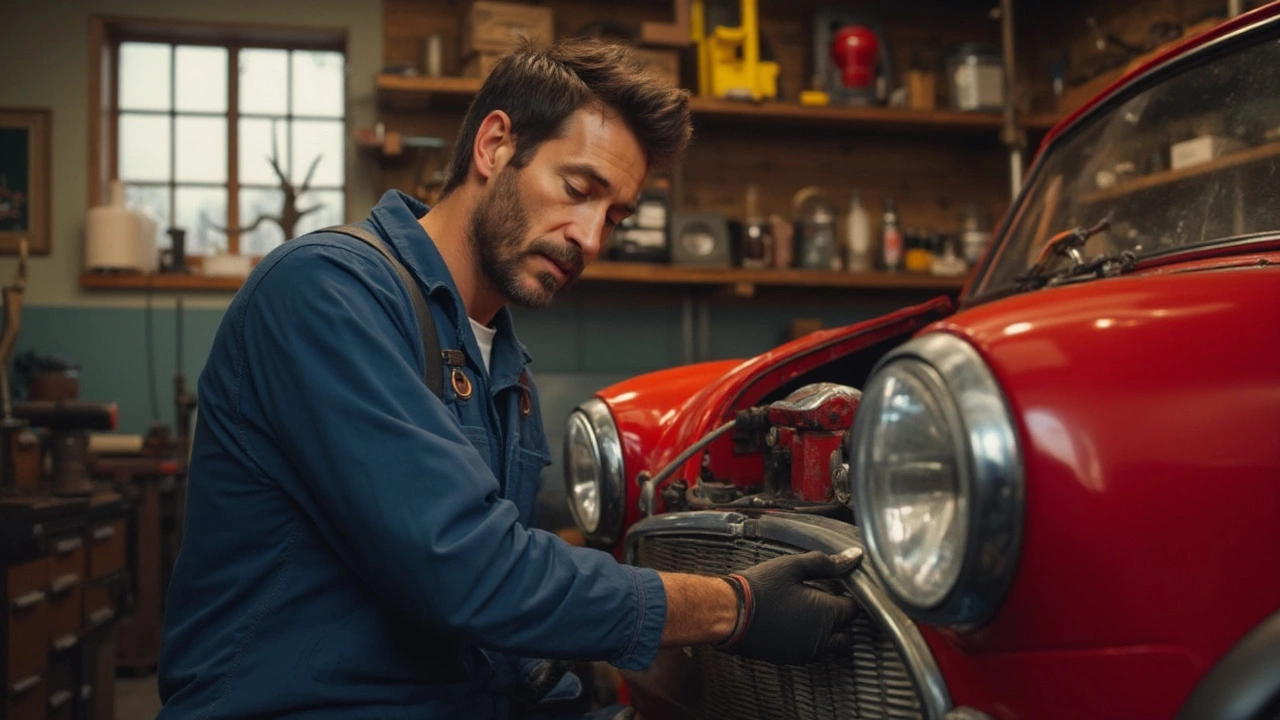Vehicle Safety: How Maintenance Keeps You Safe on the Road
When thinking about Vehicle safety, the practice of keeping a car or boat free from accidents through proper maintenance, checks, and safe driving habits. Also known as road safety, it relies on the condition of every component that can affect control, stopping power or visibility.
One of the biggest safety pillars is the braking system. Brake pads, friction blocks that press against rotors to slow or stop the vehicle wear out over time and lose effectiveness. When brake pads thin, stopping distances grow and the risk of rear‑end collisions spikes. That’s why checking pad thickness every 10,000 miles or whenever you hear a squeal is a non‑negotiable habit. Replacing them before they hit the minimum thickness not only restores confidence at city stops but also protects rotors from costly damage. Vehicle safety therefore hinges on keeping the brake system in top shape, and the right pad choice—organic, semi‑metallic or ceramic—depends on your driving style and typical road conditions.
Key Areas that Impact Vehicle Safety
Beyond brakes, the drivetrain and ignition system play silent but crucial roles. A Clutch kit, the set of components that connects and disconnects engine power to the transmission can slip or grab hard when its friction material degrades, leading to sudden loss of acceleration or jerky shifts that surprise the driver. Regularly inspecting the clutch disc, pressure plate and release bearing—especially after 60,000 miles—helps catch wear early and avoids the dangerous scenario of a stalled vehicle in traffic.
Equally, a Spark plug, the small device that ignites the air‑fuel mixture in each cylinder must fire correctly for smooth power delivery. Bad plugs cause misfires, reduced fuel economy and, in severe cases, engine stalls that can leave you stranded on a busy road. Simple visual checks for carbon buildup or gap wear, combined with a replacement schedule of every 30,000‑40,000 miles, keep the ignition system reliable and the vehicle responsive.
Air quality inside the engine also matters. A Air filter, the component that blocks dust, pollen and debris from entering the engine intake gets clogged over time, forcing the engine to work harder and reducing power output. A clogged filter can delay acceleration when you need it most—like merging onto a highway—so swapping it out at every oil change (or at least every 12,000 miles) is a quick win for both performance and safety.
Put together, these components form a safety chain: brake pads stop the car, the clutch kit transmits power smoothly, spark plugs ensure the engine runs consistently, and a clean air filter lets the engine breathe. Maintaining each link means you’re less likely to face unexpected failures that can jeopardize you and other road users. Below you’ll find a collection of articles that dive deeper into each of these topics, offering step‑by‑step guides, cost breakdowns and DIY tips so you can keep your rides safe and reliable.

Front Suspension Bad? How to Spot the Early Signs
Jun 2 2025 / Suspension PartsThis article breaks down the real-life signs that your front suspension might be failing and what these symptoms can mean for your ride. You'll learn how to check for issues yourself, which noises and sensations to watch out for, and why ignoring these clues could cost you big time. No jargon—just clear advice to help you keep your car safe and steering smooth. From clunks to weird tire wear, find out what's really happening under your hood. You'll even get tips for a quick driveway check before calling in the pros.
VIEW MORE
Is It Worth Replacing Brake Pads?
Mar 25 2025 / Brake PadsReplacing brake pads is a crucial aspect of car maintenance that contributes significantly to vehicle safety. Over time, brake pads wear down, affecting stopping power and putting you at risk. This article explores the signs of worn-out brake pads, the benefits of timely replacements, and practical advice on choosing the right type of brake pads for your vehicle. Understanding when and why to replace brake pads can save you from costly repairs and ensure a safer driving experience.
VIEW MORE